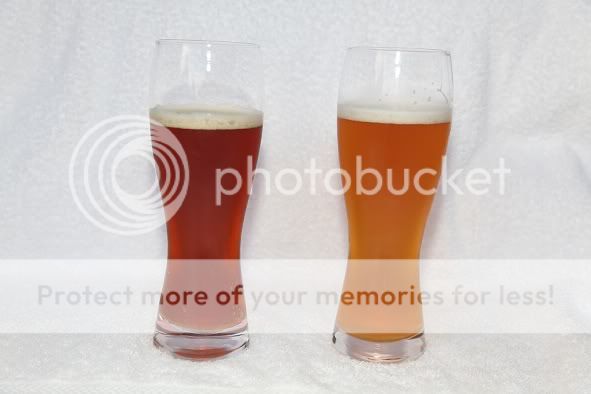I completely understand were you are. I'm about 6 months into this. And except for one oatmeal stout, I think I could have gone to the store and bought better beer than I am brewing. I still cant make a really good Pale Ale.
I came across this post a while back:
10 tips to better extract brewing
I have applied them to my last two brews, still waiting for results, about a month away.
On the recommendation of Bob, I did a late extract edition at flame out. 2/3 of my extract. There was plenty of heat in the full boil to sanitize the extract.
I also invested in a oxygen aeration system, if nothing else it is so much easier to aerate with this.
We will see how it goes.












![Craft A Brew - Safale BE-256 Yeast - Fermentis - Belgian Ale Dry Yeast - For Belgian & Strong Ales - Ingredients for Home Brewing - Beer Making Supplies - [3 Pack]](https://m.media-amazon.com/images/I/51bcKEwQmWL._SL500_.jpg)















































